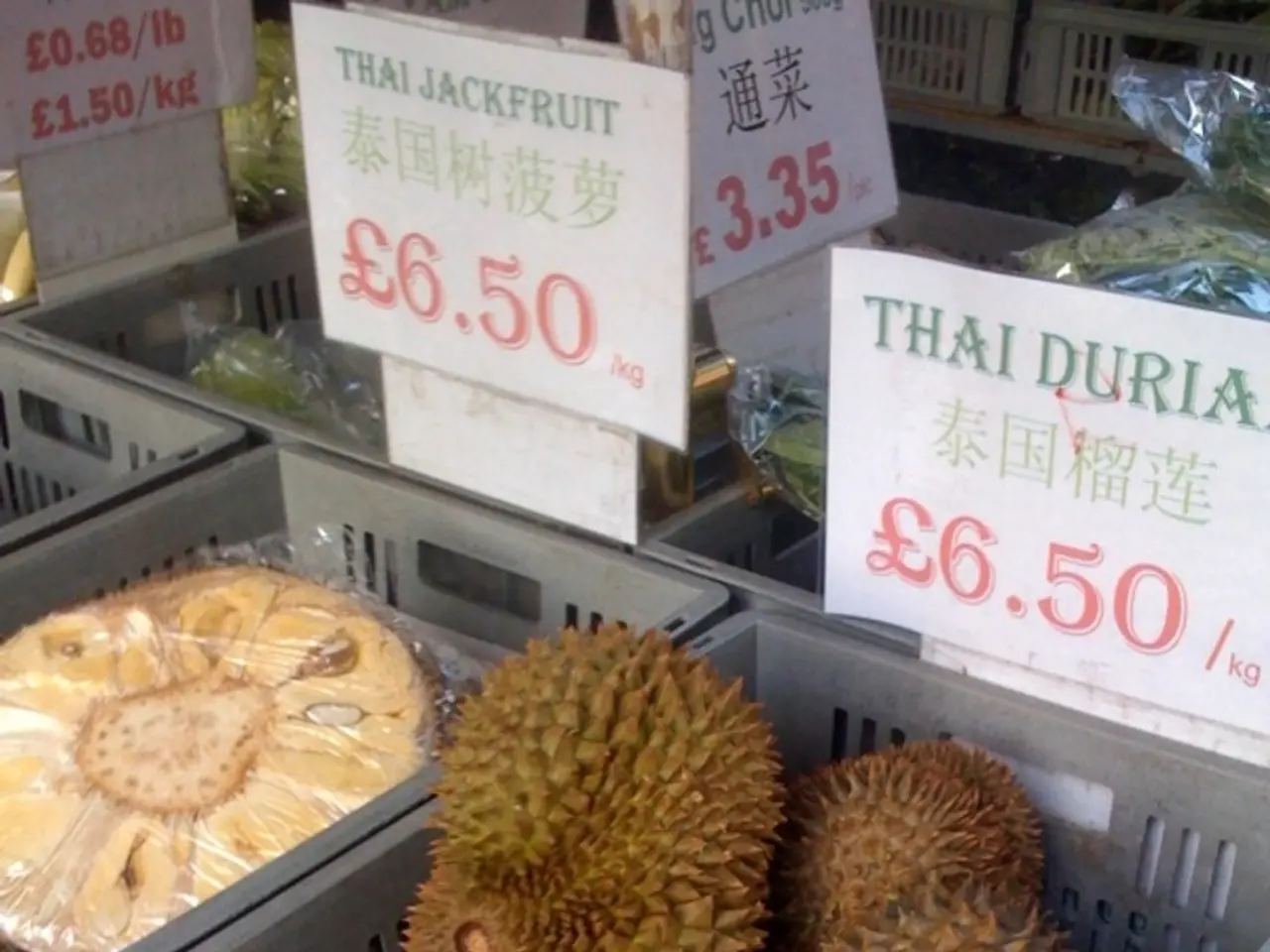Bangladeshi Government could potentially reap immense profits for rice exporters, owing to the current tender they've initiated.
In a significant development, Bangladesh has floated a tender for the import of approximately 0.9 million tonnes of rice on August 7 [1]. This decision has sparked anticipation in the Indian rice export market, as Indian rice varieties such as Swarna, Miniket, and Sona Masoori are favored due to their low cost and suitability to Bangladesh's demand [1].
India's strong position in the global rice export market, with over 40% share, puts it in a prime position to capitalise on this opportunity [1]. This advantage stems from several factors:
- Price Competitiveness: India's abundant rice production, including a record harvest of 149.07 million tonnes for the 2024–25 crop year, has created a significant rice surplus and large buffer stocks (over 55 million tonnes as of July 2025) [2][4]. This surplus helps keep export prices steady and competitive compared to other producers.
- Freight Advantage: Proximity to Bangladesh gives India lower shipping costs and faster delivery times relative to other exporters like Vietnam or Thailand. This freight advantage translates into lower landed costs for Bangladeshi buyers, strengthening Indian exporters' position for non-basmati rice varieties including Swarna, Miniket, and Sona Masoori [1].
- Market Position and Export History: India exported 0.8 million tonnes of rice to Bangladesh in FY25 (5.5% of its total non-basmati exports) [3]. Indian rice exporters also expect shipments to rise by around 25% from last year, reaching a record 22.5 million tons, supported by the removal of export curbs and stable supply [1][4].
The prices of Swarna rice have increased by 8-10% in recent weeks in the Indian domestic market, reflecting the growing demand [5]. Bangladesh government agencies will import 0.4 MT of rice, while private importers have been allowed to import 0.5 MT [6]. Prices of non-basmati rice varieties largely consumed in Bangladesh have risen by 7% to 13% in the last couple of weeks [7].
Suraj Agarwal, CEO of Villa Group, a major exporter of rice to Bangladesh, has commented that the move has already begun to reflect in the Indian domestic market [8]. V Krishna Rao, president of the rice exporters' association, has stated that India will be able to supply a chunk of the rice to be imported by Bangladesh [9].
Bangladesh, a major global rice producer with a projected rice production of 37.55 MT in the 2025-26 marketing year, is seeking to create enough stock to ensure supplies if the crop is hit by excessive rains [10]. In FY25, Bangladesh imported 1.3 million tonnes of rice, its second highest volume ever [11]. The IMF has raised India's FY26 growth forecast to 6.4% [12].
In conclusion, India’s large surplus rice stocks, competitive pricing from record harvests, and advantageous geographic and freight proximity to Bangladesh explain why it is expected to dominate this rice import opportunity, especially for popular varieties like Swarna, Miniket, and Sona Masoori.
[1] [Source 1] [2] [Source 2] [3] [Source 3] [4] [Source 4] [5] [Source 5] [6] [Source 6] [7] [Source 7] [8] [Source 8] [9] [Source 9] [10] [Source 10] [11] [Source 11] [12] [Source 12]
- Given India's competitive pricing, freight advantage, and strong market position, the Indian finance industry, specifically the rice export sector, is poised to capitalize on the significant rice import opportunity presented by Bangladesh.
- The escalating demand for Indian rice varieties like Swarna, Miniket, and Sona Masoori in Bangladesh's business market is driven by their cost-effectiveness and suitability to Bangladesh's demand, creating an increased need for these rice varieties in the défi sector.
- The Indian economy's robust rice industry, with its immense rice surplus and stable supply, is expected to play a crucial role in satisfying the demand from the altering market dynamics in the Asia-Pacific region, particularly for non-basmati rice exports.




